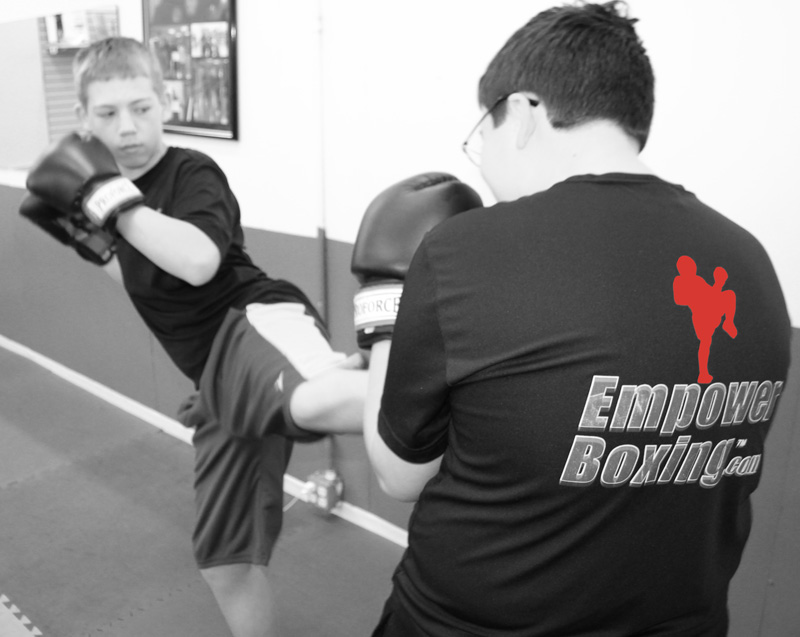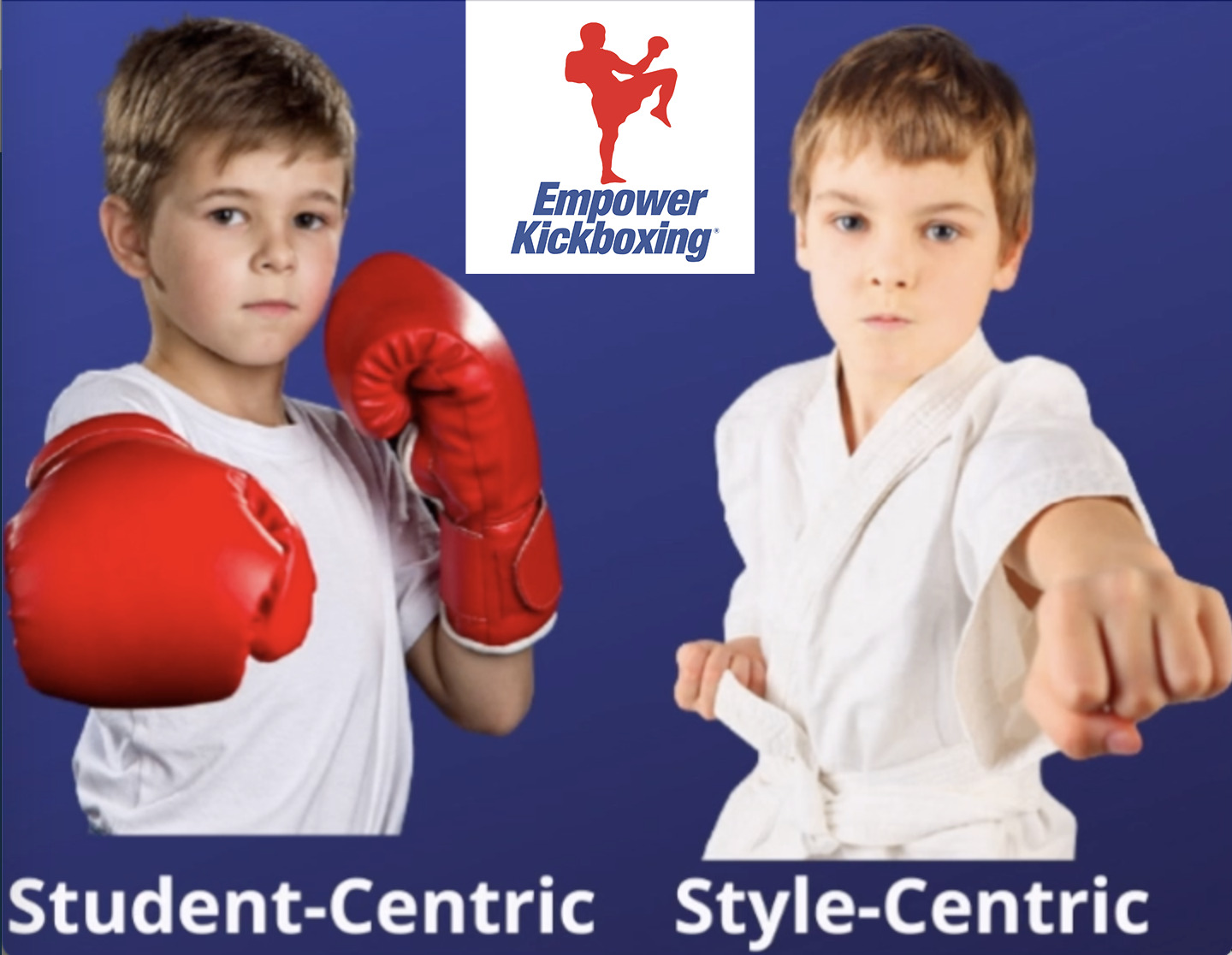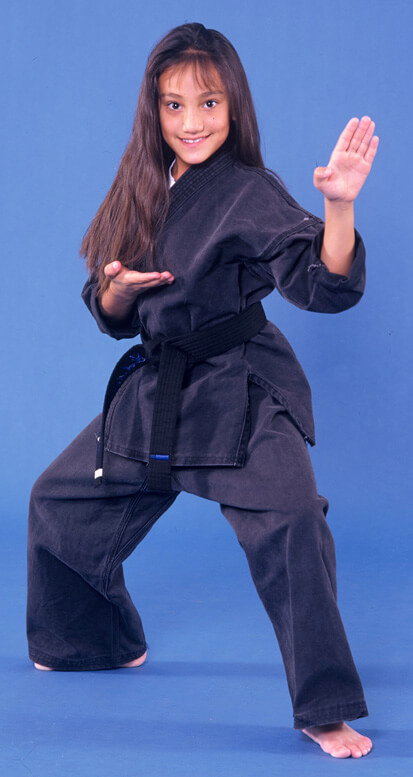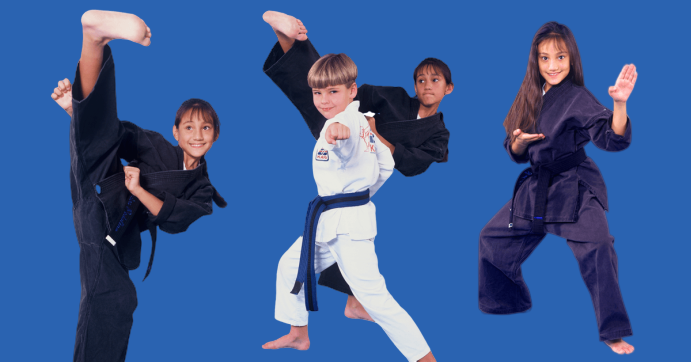The MATA Children’s Curriculum advocates a "quality over quantity" approach in martial arts training, emphasizing the effectiveness of teaching fewer techniques but with greater depth. This method not only enhances the quality of learning but also reduces the overwhelm that can accompany extensive and varied requirements. Here’s a deeper look into how this curriculum is structured and why it might be more beneficial:
Quality vs. Quantity
The curriculum focuses on reducing the number of techniques a student must learn at each level. This approach allows for more detailed instruction and practice on each technique, leading to higher proficiency and confidence in students. By concentrating on fewer techniques, instructors can ensure that students master foundational skills thoroughly before advancing.
Theme-Based Curriculum
Instead of a traditional technique-heavy curriculum, MATA utilizes a theme-based approach, which revolves around applying basic skills across various methods. This not only keeps the training engaging and fresh but also helps in reinforcing the fundamentals through diverse applications.
Curriculum Levels
- Level One - The Basics: This initial stage focuses on teaching fundamental techniques, ensuring that students have a solid foundation.
- Level Two - Partner Training: Techniques learned in Level One are practiced with a partner, adding a new dimension to the training that helps reinforce skills and promote interactive learning.
- Level Three - Pad Power: This level allows students to review and refine the techniques from the first two levels with an added focus on dynamic activities like bag work and padded weapons practice, making learning fun and practical.
Impact on Student Retention
A significant benefit of this structured approach is its potential to reduce dropout rates, which are often high in the initial stages of martial arts training. The engaging and varied methods of practice provided in each themed level help maintain student interest and commitment.
This educational structure not only makes martial arts learning more accessible and enjoyable for children but also fosters a deeper understanding and application of martial arts principles. By focusing on a thematic progression, students remain engaged, instructors can teach more effectively, and the overall quality of the educational experience is enhanced. This approach aligns with modern educational theories that advocate for depth over breadth in learning to cultivate expertise and confidence.




